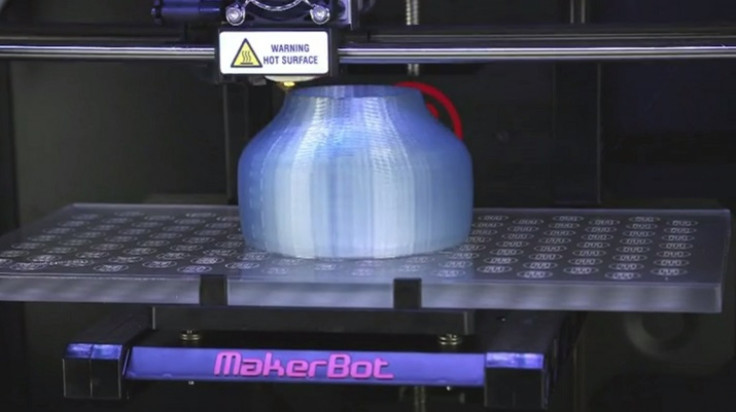Windows 8.1 Will Have 3D Printing Capability Built-In
Microsoft (NASDAQ:MSFT) announced Wednesday that the newest update to the company’s operating system, Windows 8.1, will include native support for 3D printing. Microsoft's decision to incorporate 3D printer drivers into Windows 8.1 provides further evidence that 3D printers are moving into the mainstream, but will developers take notice and create new uses for the devices?
At Microsoft’s BUILD 2013 developers' conference, the company said that Windows 8.1 will be the first platform to have native support for 3D printing. Also known as additive manufacturing, 3D printers use software to produce a physical object out of a starting material, which is commonly ABS plastic in consumer versions of the technology. With a supply of plastic and the necessary data, 3D printers can make anything from a child’s toy to a handgun.
There have been several recent signals that 3D printing is making the move from a niche market to modern households: Amazon announced earlier this month that it was adding a 3D printer sales section to its online marketplace, and Staples said that it will sell the Cube from 3D Systems for $1,299 in stores later this month.

Microsoft CVP Antoine Leblond said that by including support built into the company’s operating system, 3D printing on Windows 8.1 will be as easy as using a standard inkjet printer.
“3D printing is super-hot right now, and Windows 8.1 is the first and only platform to support it natively,” Leblond said at Build 2013. “What that means is that we did the work to create the APIs, the formats, and the driver model that make printing in 3D just as seamless as printing in 2-D is.”
Leblond demonstrated using a laptop running Windows 8.1 to print a small pot on the Makerbot Replicator 2, and he said the device will eventually become available for sale in Microsoft Stores. The Replicator 2 is named after a device from the television program “Star Trek” that creates food, water and other necessities out of random bits of matter floating around the universe. Leblond said that making the technology easy to use was the next step in its development.

The move is no doubt a way for Microsoft to garner publicity. But if developers start using the resources in Windows 8.1 to develop new and different uses for 3D printing, it could help the fledgling technology become more common in everyday life.
© Copyright IBTimes 2024. All rights reserved.











